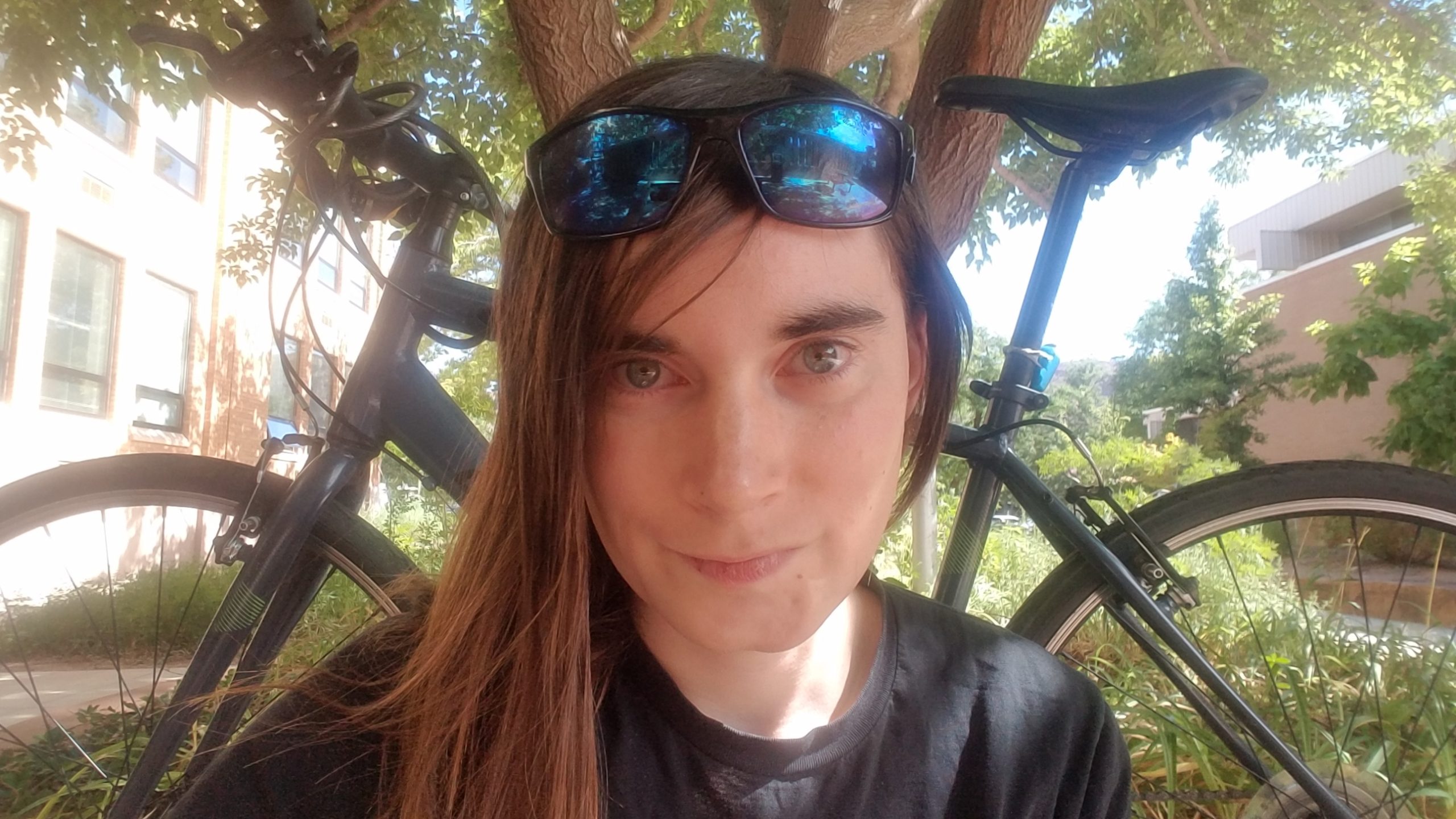Some information may be outdated.
Climate change is currently the defining issue of our species, bigger than any other issue due to the long term effects it is having on the Earth, people, and thousands or millions of other species on this planet.
I have come to be cynical, despising what I perceive as idiocy and hubris in many members of the human race, but I still desperately want our species to live on and thrive. I am not saying that we will go extinct if human-caused climate change continues unchecked, but I am saying that it will make life substantially more difficult for everyone who is not wealthy, particularly people who are poor, non-white, and living in coastal or island areas.
Climate change – also aptly known as anthropogenic global warming – intersects with many other issues, including urban planning. Through thoughtful planning of how our human habitat is setup, we can reduce our greenhouse gas emissions significantly.
Overhauling our transportation systems would be a notable means to that end. According to the 2019 City of Moab Sustainability Action Plan, “The transportation sector accounts for approximately 23% of the community’s greenhouse gas emissions. The primary way to reduce these emissions is through reduction in vehicle miles traveled (emphasis mine) and accelerated adoption of fuel-efficient and electric vehicles.”
Currently, automobiles are elevated as a form of transportation. Despite taking up large amounts of space per human transported, cars are granted free parking throughout Moab, the main exception being some public lands where a fee is charged for each vehicle.
Roads throughout town are straight and with wide lanes, which makes it easy for motor vehicles to be driven at high speeds, despite whatever the posted speed limit might be. Wide lanes and free parking exist at the expense of other potential uses like separated bike lanes, wider sidewalks, native plants or permaculture gardens, or perhaps some more affordable housing. In the U.S., a lane width of 12 feet is considered standard, whereas that is at the high end in Europe, reserved for highways such as the Autobahn.
If we truly want people to “throttle down in town,” the way to make that known effectively is not only through speed limits and other signs, but through how the roads are designed. If the context clues of road design make it known that high speeds are dangerous to the driver (such as with narrow and curvy roads in urban Europe), then the driver will drive more slowly.
In addition to taking up disproportionately large amounts of space, most automobiles in the Moab area are powered by fossil fuels, which has two notably nasty side effects: noise and emissions.
All fossil fuel-powered vehicles emit large amounts of noise, which is antithetical to harmonious living. This is especially true for OHVs, motorcycles, and diesel powered trucks, but is true of all fossil fuel-powered vehicles.
Kalen Jones campaigned on a platform including “quiet streets,” but how are streets to be quiet if vehicles are idling for more than two minutes at a time? The liberal city council also speaks highly of mixed-use development, which idling makes rather unenjoyable for the people living in those developments.
While living in an apartment in a mixed use building shared with 98 Center, I saw a car idling outside 98 Center when I left on my bike for a shopping trip. When I got back home, the car was still idling, albeit just about to leave. Twenty minutes of idling is too long for those of us living in mixed use buildings; we want to open our windows for some fresh air, not noise and exhaust.
I heard that much of the comments regarding the new Abbey subdivision are about anticipated traffic increases. I am writing here to say that if you are driving an automobile, then you are traffic and you are part of the problem. I am not 100% in favor of that subdivision, but there is at least going to be a connection to the Mill Creek Parkway bike path as part of the plan. This would give new residents an easy opportunity to not be part of the traffic problem, benefiting community members as well as the planet.
Solona Jade Sisco has been in Moab off and on since spring 2017. She has interned with Community Rebuilds, worked at several restaurants and written articles for the Moab Sun News.
Appreciate the coverage? Help keep local news alive.
Chip in to support the Moab Sun News.



